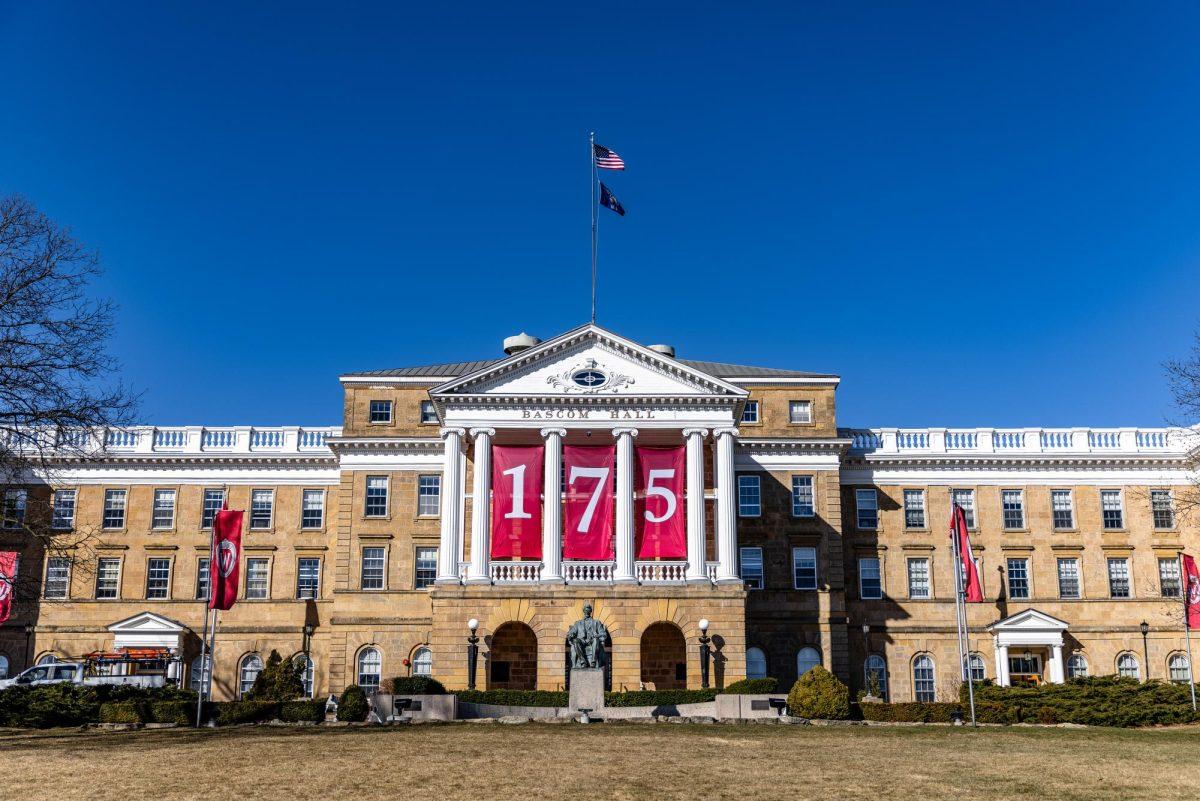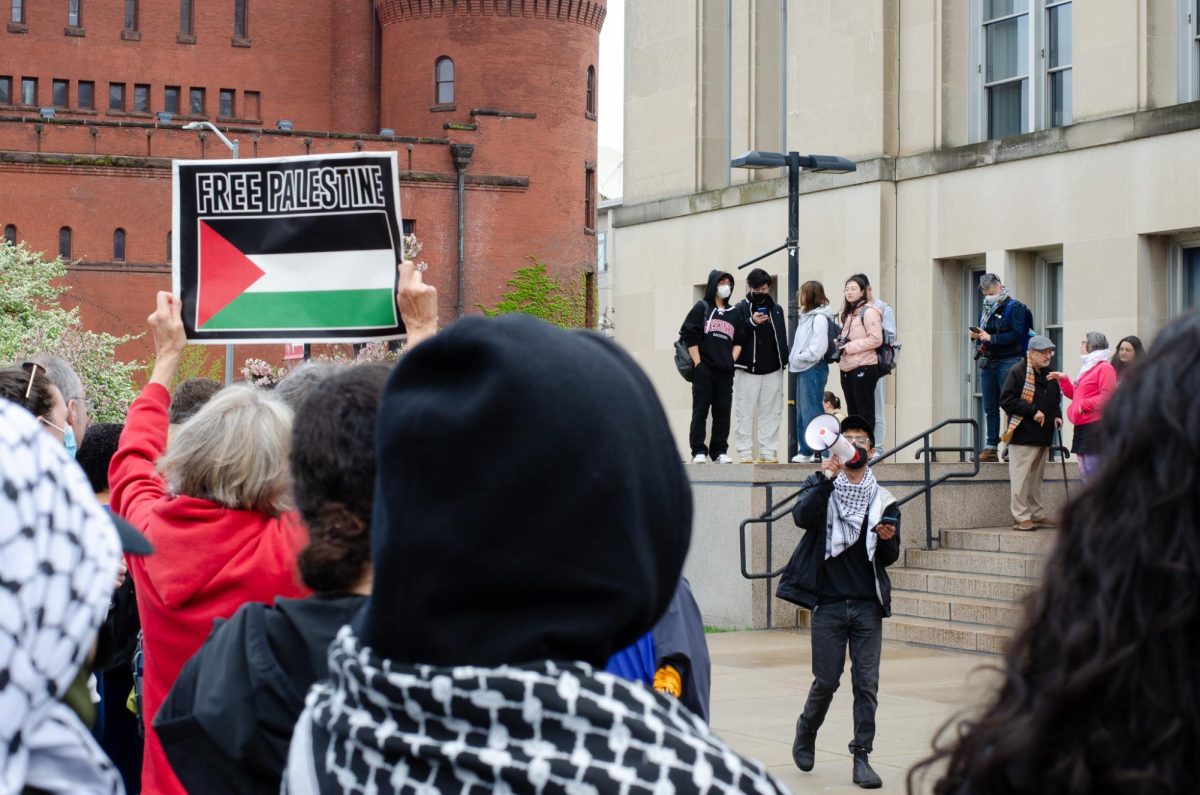CONTENT WARNING: Discussion of domestic violence. If you have experienced domestic violence, or are not sure, there are several ways to get support. View options on campus through University Health Services.
End Abuse Wisconsin released its annual Wisconsin homicide report Oct. 16.
In 2022, Wisconsin experienced the highest number of domestic violence-related homicides since End Abuse began collecting data for their annual reports in 2000, according to the report. Homicides have increased 20% from 2021 constituting a public health crisis.
End Abuse Wisconsin is a statewide coalition of lawyers, experts and policy advocates whose mission is to lead a social effort to stop domestic violence, according to the End Abuse website.
In 2022, 96 individuals passed away because of domestic violence in Wisconsin compared with 80 in 2021, according to the report. There were 68 victims of domestic violence homicide and there were 22 perpetrators who died by suicide, according to the report.
End Abuse’s report included an abbreviated version of the Milwaukee Journal Sentinel’s coverage of Bobbie Lou Schoeffling’s story who, before becoming a victim of domestic homicide, repeatedly reported violent acts committed by her ex-boyfriend to law enforcement, according to the Milwaukee Journal Sentinel.
The report said Shoeffling’s story illustrates the struggle domestic abuse victims face
Reaching out for help is often a difficult step toward safety as a victim, Univeristy of Wisconsin Promoting Awareness, Victim Empowerment Peer Facilitator Isabelle Bogan said.
“We’re taught in survivor support and prevention education that it takes a lot of courage and bravery to even be able to first of all, identify what happened to you and even choose to turn to somebody to help” Bogan said.
In 2022, 88.7% of domestic violence homocide perpetrators were male and 49 of 68 homicide victims were female, according to the report. The report also said 88.5% of domestic violence homicides were carried out using a firearm.
The report said Wisconsin domestic violence homicides were spread across 25 counties, with 32 of 73 taking place in Milwaukee County. Roughly 49% of incidents occurred in rural settings and 51% in urban settings, according to the report.
UW–Milwaukee, UW–Oshkosh to close Washington County, Fond du Lac branches
The trend of marginalized racial and ethnic groups being overrepresented in populations of domestic violence homicide victims has withstood time, according to the report. In the report, End Abuse referenced a study conducted by the CDC in 2017 where researchers analyzed the deaths of 10,018 women between 2003 and 2014. Analysis showed that Indigenous and Black women are killed at almost three times the rate of non-Hispanic white women, according to the report.
There are multiple factors contributing to domestic violence among marginalized groups, UW domestic violence expert Darald Hanusa said.
“One of the primary factors is that when you are a member of an oppressed group, a marginalized group, the resources you have available aren’t nearly as adequate as the resources for folks in a majority group,” Hanusa said. “Secondly, they [members of oppressed groups] get oftentimes criticized or ostracized even within their community for reaching out for help, so they don’t ask for help.”
These factors have been observed in communities of color and in same-sex relationships, Hanusa said.
Domestic violence homicides in Wisconsin are rising while state funding for survivor recovery services is dropping, according to the report.
Republican state leaders withhold pay raises for Universities of Wisconsin employees
Upon its adoption in 2019, the Wisconsin Victims of Crime Act was supposed to provide $44.5 million in yearly grants to programs that serve victims of crime for five years. Current budget forecasts show that VOCA may only be able to award as much as $13.5 million annually, according to the report.
This represents a roughly 70% funding cut to programs that rely on VOCA, according to the report. Funding services geared toward survivors help increase awareness of domestic violence, according to the report.
End Abuse cited a study conducted by the National Institute of Justice, which found that 90% of survivors report feeling more confident about planning for their future safety as a result of receiving services.
Additionally, domestic violence represents an economic crisis in Wisconsin, according to the report. Domestic violence survivor services prevent around 85,000 days of missed work per year in Wisconsin, according to the report. Wisconsin suffers $657 million in economic losses annually because of domestic violence, according to the report.
A cultural shift away from violence is needed to better address the issue of domestic violence, Hanusa said.
“It’s not an individual problem of men, nor is it a problem of individual survivors,” Hanusa said. “It’s not a problem of individual harm-doers. When you look at the video games, look at movies. It’s usually the ones that are the most violent, they get the most attention. So, we’re encouraged to think about it that way. And so, I think that we have to address cultural normative beliefs about legitimizing violence.”
Violence prevention initiatives need to do a better job of reversing what “harm-doers” have learned, which is that violence as a form of conflict tactics is okay, Hanusa said.
It’s important that UW students stay aware of domestic violence and collectively work to create a safer campus, Bogan said.
“I think that it’s extremely important that UW–Madison acknowledges and recognizes Domestic Violence Awareness Month,” Bogan said. “We [PAVE] want to work with the entire campus community as much as we can in order to spread the knowledge resources and materials that we have.”
Students can get involved through PAVES’s volunteer programs to develop an inclusive consent culture on campus, Bogan said. PAVE provides educational materials to help students better support survivors. Through PAVE, students can learn to correct domestic violence language as well as preventive strategies, Bogan said. Students can sign up for the programs on the PAVE website.
End Abuse Wisconsin will be hosting a statewide conference at the Monona Terrace from Nov. 27 to Nov. 29. The conference will discuss the root causes of domestic violence as well as the intersectionality of abuse, according to the event page. Those interested can register here.
Resources regarding domestic violence:
- UHS Survivor Services: [email protected], 608-265-5600 ext 3. Self-schedule using Starfish app
- Restraining Order and Survivor Advocacy Clinic:
608-263-9574, [email protected] or request an appointment - Sexual Misconduct Resource and Response Program
- Domestic Abuse Intervention Services: 1-800-799-SAFE or text “START” to 88788
- RCC Sexual Violence Resource Center: 608-251-7273


















